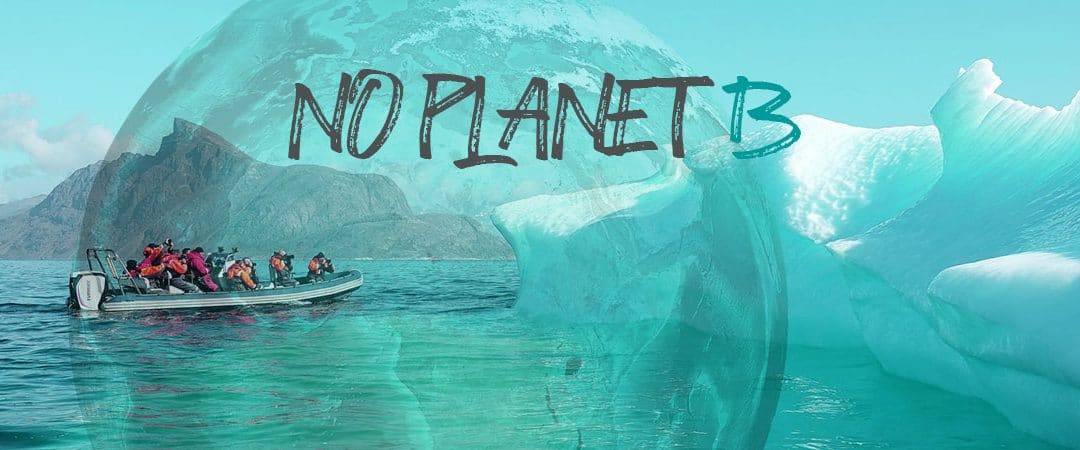Blog
Nutrition

Microplastics
Microplastics are everywhere – in the sea, in the air, in cosmetic products. The small plastic particles have become an integral part of our environment. According to scientists and researchers, there are virtually no more plastic-free areas on earth. Microplastics are ubiquitous, especially in the food sector. Packaging and plastic bags often end up across the rivers in the oceans, where they are consumed by fish and other marine animals as supposed food. Ultimately, microplastics have also become part of our diet. In the new blog post we shed light on the topic of microplastics and its effects in detail and give helpful tips for easy reduction.

Climate change
Climate change is currently the most discussed topic in society and is becoming increasingly important for most people. How explosive the climate crisis really is, is also made clear in countless press and media reports. We have looked at various factors that play a role in the climate crisis. In our blog post, we would like to take a closer look at them and highlight the actions that are necessary to achieve greater sustainability and environmental friendliness.

Quality seals and certificates
In order to make the right choices from the wide range of products offered by various manufacturers and brands when shopping for food, many consumers use seals and certificates as a guide. These were originally created to associate products with certain characteristics and to provide consumers with a basis for making decisions. The seals of approval can be classified according to environmental or social aspects as well as according to the product groups to which they refer. Learn more about it in our blog post.

Resource consumption of animal breeding in comparison
As consumers and buyers, we are used to full refrigerated counters in Germany: whether beef, pork, poultry or fish, everything is always available in rough quantities. If we now consider how many supermarkets there are in our area, this consumer offer quickly adds up. What consumers often fail to consider, however, is that enormous resources are required for the growth of the animals. Logically, the larger the animal, the more water and feed are needed. Due to the increasing scarcity of water and the rising protein requirements of our rapidly growing world population the question arises as to which animal is most efficient in the use of natural resources in terms of meeting our protein requirements?

German nutrition habits
Over the last decades, issues like sustainability, environmental protection and mindfulness have become more present in Germany. Therewith, the health-conscious behavior of the consumers rose and due to their demand, the range of wholefood products and wholefood shops grew. Even the selection of healthy foods and biological originated products in drugstores expanded. So various studies surveyed different age groups with regard to their nutrition habits, preferences, the subject cooking and more alimentary-relevant questions. We looked into it and summarized the results of the studies.

Fish as food product
Since the beginning of time, fish is a typical food in coastal areas. As fish is relatively easy to catch, its high-quality proteins contributing essentially to a healthy nutrition of humankind. But this is not the only reason why fish is an beloved product. Here is a…